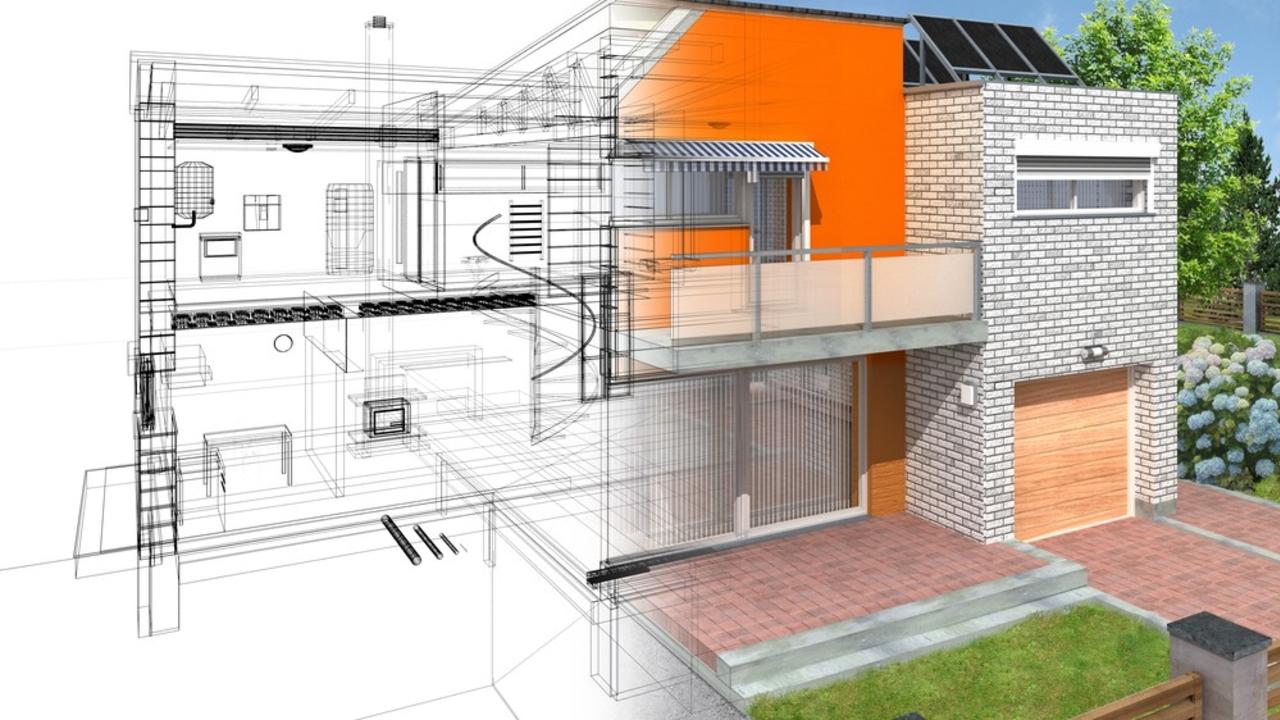From landlord to developer?

Most property investors are looking for existing buildings to convert, refurb and either turn into rental income or sell at a nice profit. However, if you’re looking for a new challenge, it’s tempting to consider building from scratch.
Before you get excited at the idea of building homes to either rent or sell, you need to know about finance. This isn’t mortgage territory – and it really isn’t bridging finance territory either. The funding for new build projects is called ‘development finance’.
Self-build mortgages do exist for a main residence, but if the lender suspects that you’re borrowing a self-build mortgage and planning to develop and sell on, they can pull the funding at any point, regardless of what point the project has reached.
Development finance lenders have a policy of putting up barriers to entry and this lets them choose the projects that they consider have a high chance of success.
Development finance lenders want provable, documented, comparable experience that the borrower has successfully completed a project similar to the one they’re now seeking to fund.
They want to see that you have a project that can show what you’ve built, how much the site cost, how much the build cost, how long it took, the sale you achieved and profit you made.
- It doesn’t matter how many refurbs (even structural refurbs) you’ve done, these are new builds.
- If you’ve done a single new build (maybe your own home) and now you’re looking for funding for a 20-unit new build, you haven’t shown you are capable of successfully delivering that size of project.
The secret is to find someone who has the experience you lack, joint venture (JV) with them and piggy back on their experience. This will make you collectively acceptable to a development finance lender.
The obvious choice of JV partner is a builder, but equally an architect or a building project manager would satisfy a development finance lender.
Usually a limited company is set up for the sole purpose of this project, known as a special purpose vehicle (SPV). The reassures the lender that you’re not just using a contractor (who could walk away at any point). The SPV is wound up when the project is completed and the profit distributed.
The added advantage of an experienced JV partner is that you have someone who can guide you around any expensive potential pitfalls.
With one successful project under your belt, you’ll have the track record you need for your next one.
You can learn more by:
- Attending an upcoming webinar - register here
- Booking into a LIVE! 3-day workshop - book your ticket here
- Get instant access to the full programme with the online training - click here for more information




